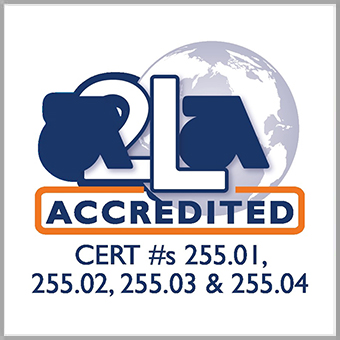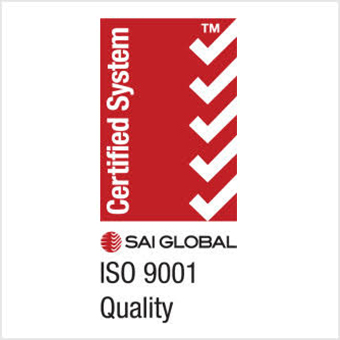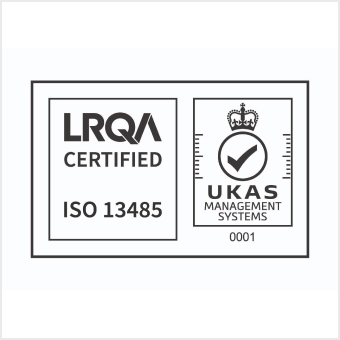| Test Name |
Standard Analysis |
Complete Analysis |
|---|---|---|
| Ash (Fillers) Content |
Included |
Included |
| Carbon Black Content |
Included |
Included |
| Carbon Black Typing |
Contact for Pricing |
Contact for Pricing |
| Density |
Included |
Included |
| Extractables Content |
Included |
Included |
| Gas Chromatography/Mass Spectroscopy (GC/MS) – Qualitative* |
Contact for Pricing |
Included |
| Gas Chromatography/Mass Spectroscopy (GC/MS) – Quantitative |
Consult Lab |
Consult Lab |
| Hydrocarbon Content |
Included |
Included |
| Plasticizer Identification |
Consult Lab |
Consult Lab |
| Polymer Identification |
Included |
Included |
| Qualitative Accelerator Analysis |
Contact for Pricing |
Included |
| Qualitative Antioxidant Analysis |
Consult Lab |
Consult Lab |
| Semi-Quantitative Ash Analysis |
Included |
Included |
| Total Sulfur |
Included |
Included |
*GC/MS – Qualitative Analysis includes plasticizer, antioxidant, antiozonant and additional processing aid identifications
**General Prices – Pricing May Be Different Based on Sample Type and Testing Specific Details
The Reconstructed Formulation
After all the chemical tests are performed, the data is put into ARDL’s computer program which reconstructs the formulation based on 100 parts of base polymer. Minor adjustments to the theoretical formulation may be made so that it reflects the actual measured values.
There are five columns to the reconstructed formulation: ingredients, phr, extractables, ash and volume. The ingredients column is self-explanatory, whereas phr stands for parts per hundred of rubber. In formulations, the ingredients used are normally given in amounts based on a total of 100 parts of the polymer used (or combination of polymer used). When comparing different recipes, the effects of varying any ingredient used are easily recognized when processing characteristics or physical properties are compared.
The theoretical amount of extractables or ash from each ingredient is placed in the appropriate column and the calculated percentages are compared to the actual values obtained on test samples. Carbon black is treated in the same manner. The numbers in the volume column represent the weight of each ingredient divided by the density of that ingredient. The sum of the weight column divided by the sum of the volume column represents the theoretical density. This is then compared to the value obtained on the sample as an additional crosscheck to validate the reconstructed formulation.
When completed, the reconstructed formulation offers an excellent starting recipe to begin to develop a material that would have the same physical and chemical characteristics as the sample analyzed. The reconstructed formulation is extremely useful in failure analysis, comparing the chemical makeup of a sample that failed prematurely in service to an acceptable sample.
ARDL can test to additional standardized specifications as well as custom specifications. If you are interested in a method that is not listed here, please do not hesitate to call (330) 794-6600 or toll free (866) 778-ARDL to find out if we can perform your test. Chances are we can help and if not, we may know someone who can.




